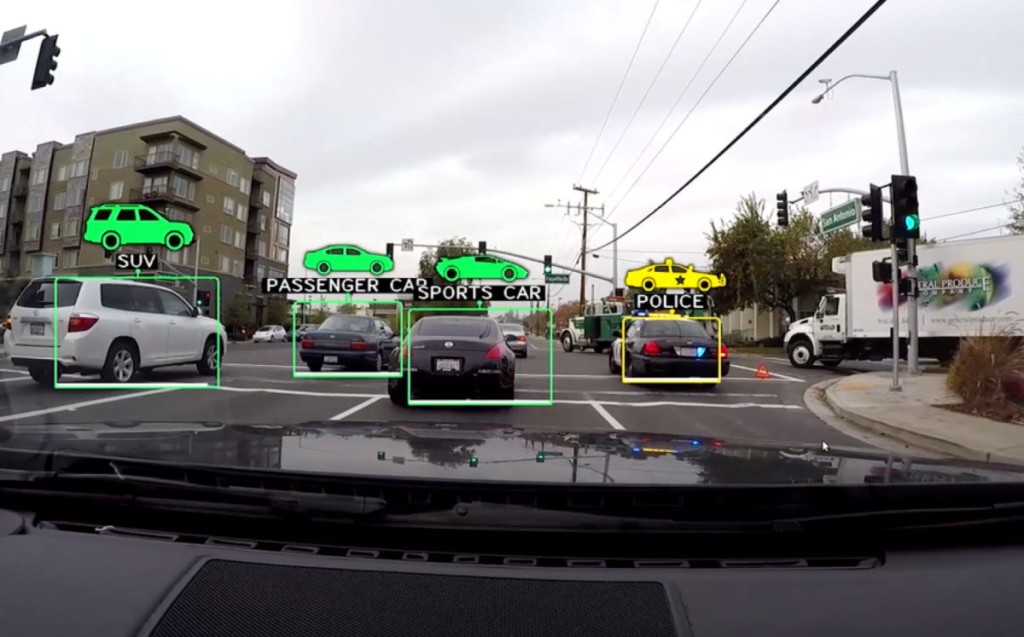Image Data Labelling and Annotation for Big Data Projects

Now before we get into the most commonly used option here, which is image data labelling and image annotation outsourcing, we first need to understand what they are and why they are important.
Image Labelling
Image data labelling and annotation are often two phrases which are used with a certain interchangeability, in reality there are some differences between the two processes. Both of these processes set out to achieve the same thing, to identify each piece of data and to categorize it. The reason as to why this is so important is that with tech advancements in both artificial intelligence and machine learning, software is more insightful and more powerful than ever before. In order to unleash this power however, both tools need to understand what on Earth it is looking at and working with.
Image labelling therefore is the process of identifying objects within a single image. An easy example here would be a photo of a restaurant, image labeling would highlight the drinks, the food, the people and the furniture within that image. Why is this important? A clear example of why would be self-driving car tech, which depends on its ability to recognize images, in order to safely go from A to B.
Data Annotation
Data annotation works in a similar fashion to image labelling, albeit looking to label a wider variety of data such as texts and sounds, as well as images and videos. Examples of data annotation are semantic segmentation, bounding box annotations, polygon annotation and landmark annotation. The purpose of these labels, is so that software with machine learning capabilities can swiftly identify what the data is and then categorize it.
Using These Processes in Big Data Projects
As mentioned in the intro, raw data on its own is nothing more than a series of data points with no home, and no reference to follow. Because this data is chaotic, it is not able to be efficiently used in any project, big data or otherwise. Whether your project is to streamline the data for usage with a social media campaign or it is looking to create custom-made software, the digestion and the labeling of data is the most important place to start.
Outsourcing these processes is the smartest move for businesses which don’t already count on the skill, knowledge or resources to go through what can be a painstaking task

























